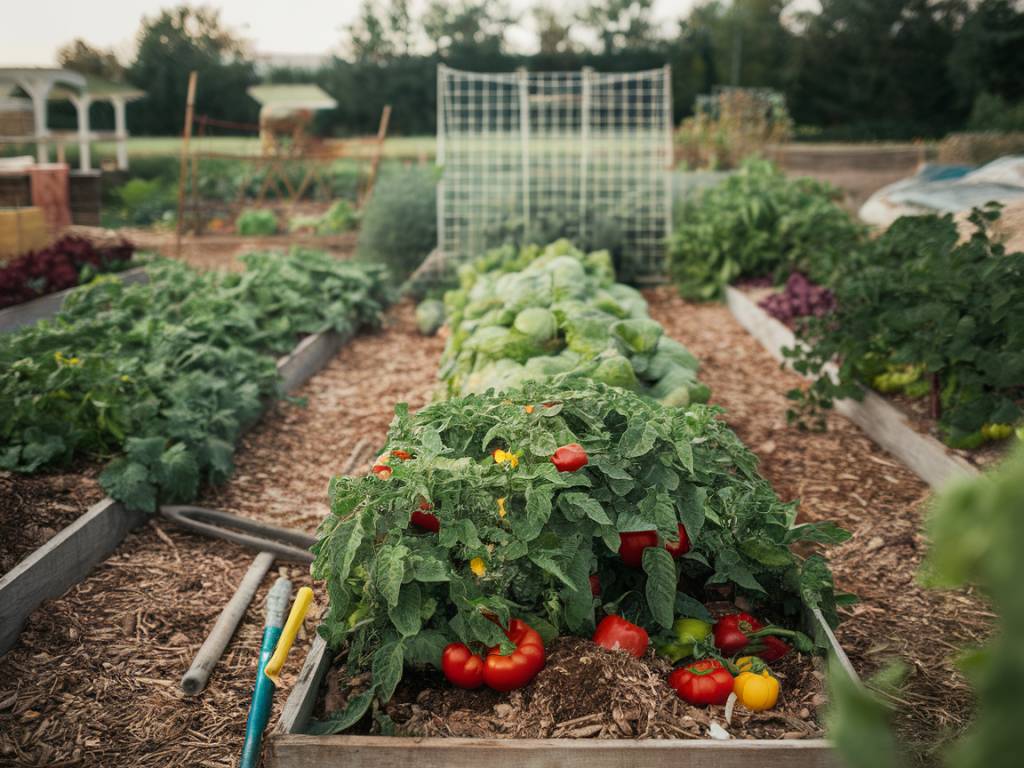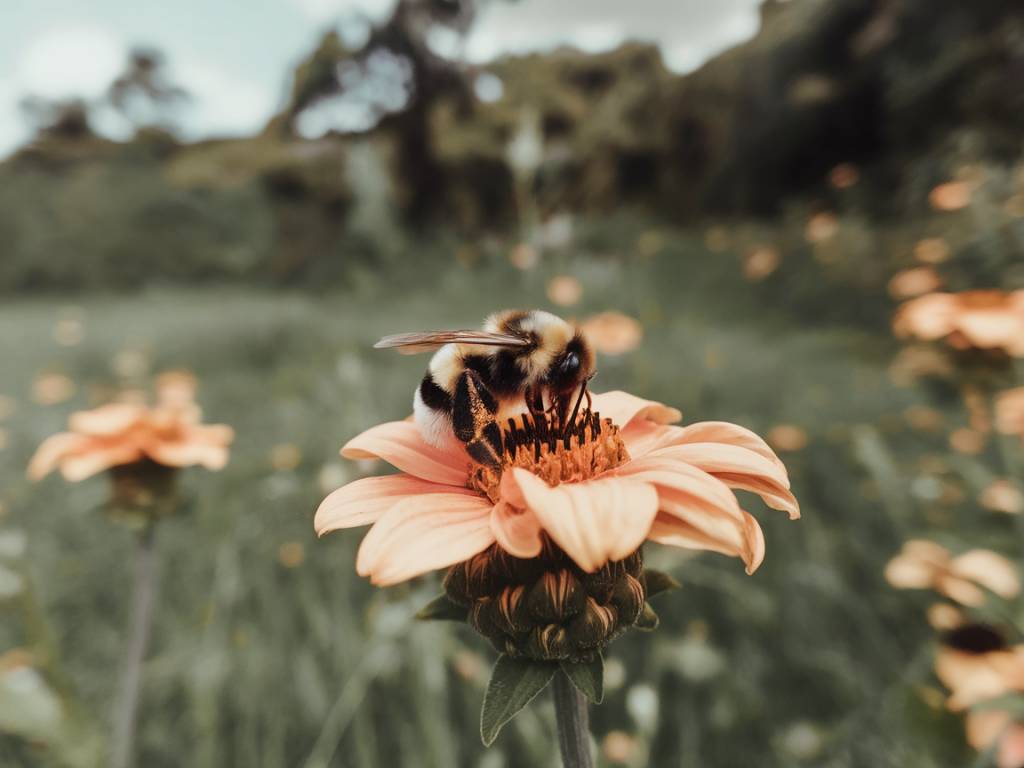The Harmonious Union: Sustainable Agriculture and Biodiversity
In the modern world, where urban expansion and intensive agriculture threaten the fabric of our natural ecosystems, a silent revolution is taking place. But can the fields of sustainable agriculture indeed harbor more life than they exhaust? The relationship between sustainable farming practices and biodiversity presents a promising narrative that is both fascinating and empowering.
Understanding the Basics of Sustainable Agriculture
Sustainable agriculture is more than just a contemporary buzzword; it represents a deep commitment to producing food that meets today’s needs without compromising the future. It seeks harmony between agriculture and ecology—a balance where both can flourish. With practices like crop rotation, agroforestry, and organic farming, sustainable agriculture aims to reduce the environmental footprint of farming, while nurturing the soil and its myriad inhabitants.
The Web of Life: Biodiversity’s Role
Biodiversity, the variety of life in any given habitat, supports ecosystem services essential for survival. This includes pollination, pest control, and soil fertility. But why should farmers care about the chorus of croaks, chirps, and buzzes that biodiversity brings? Because these natural symphonies often translate to healthier crops and more resilient agricultural systems.
Sustainable Practices Fostering Biodiversity
Imagine a farm where trees border the fields, interspersed with hedgerows alive with insects and small mammals, a tapestry woven with diverse plant species. Such an environment not only supports biodiversity but enhances it.
Agroforestry: Trees as Allies
Embedding trees into farmland, a practice known as agroforestry, is a stellar example of how agriculture can support biodiversity. Trees offer shade, act as windbreaks, and attract birds and insects that contribute to pest management. They also enrich the soil with organic material from fallen leaves, establishing a more robust ecological habitat for life to thrive.
Crop Diversity and Rotation: A Quilt of Possibility
By growing a variety of crops and rotating them across seasons, farmers not only bolster soil health but also attract a myriad of organisms. This diversity wards off pests and diseases that thrive in monocultures. It’s as if the soil hums with vitality, rewarding the farmer’s efforts with robust yields and natural pest control.
Organic Farming: Going Back to Basics
Organic farming eschews synthetic chemicals, favoring natural solutions that might seem quaintly traditional but are highly effective. Organic farms often become havens for biodiversity, attracting more insect species and a higher abundance of pollinators compared to conventional farms. The ecological dance between predator and prey, pollinator and bloom, is not disrupted by chemical spells.
Real-World Examples: Farms Leading the Way
All over the globe, inspiring examples demonstrate the symbiotic relationship between sustainable practices and biodiversity. In India, the Deccan Development Society supports marginalized women farmers to implement millets and other hardy crops, demonstrating a spike in local biodiversity alongside agricultural successes.
Meanwhile, across the Atlantic, in Spain, the AlVelAl initiative merges sustainable farming techniques with landscape restoration over a million acres, yielding benefits for both biodiversity and local communities. What lessons can we glean from these innovators?
Challenges and Opportunities
The road to sustainable agriculture isn’t without obstacles. Transitioning from conventional to sustainable methods can be resource-intensive, and not all farmers can afford to take the leap without support. However, numerous organizations and policies are emerging to assist this transition, providing education, resources, and financial incentives.
Could these challenges also be seen as opportunities? With increasing demand for organic produce and sustainable labels gaining traction, there’s a burgeoning market that promises economic benefits for pioneers and role models of sustainable agriculture.
Engaging the Next Generation
The future of our food systems rests in the hands of those willing to embrace change. Educational programs that integrate ecological principles into farming curricula are sprouting worldwide, planting the seeds of knowledge and passion in the young minds poised to inherit the earth.
But how do we persuade those yet unconvinced? Perhaps the key lies in storytelling—sharing the successes, challenges, and triumphs of those on the vanguard of sustainable farming, thereby cultivating community-driven support for biodiversity.
Reflecting on Our Role
As we ponder our place within the tapestry of life, it’s worth considering how each of us can contribute to a more balanced ecosystem. Whether through consumer choices, advocacy, or simply by spreading awareness, each action reverberates within the web of life. Are we not all stewards of the earth, beholden to nurture and protect the intricate networks that sustain us?
As the leaves rustle in the gentle breeze, the song of sustainable agriculture becomes one of hope—hope for rejuvenating biodiversity, securing food sources, and ultimately, forging a path to a more harmonious world.




